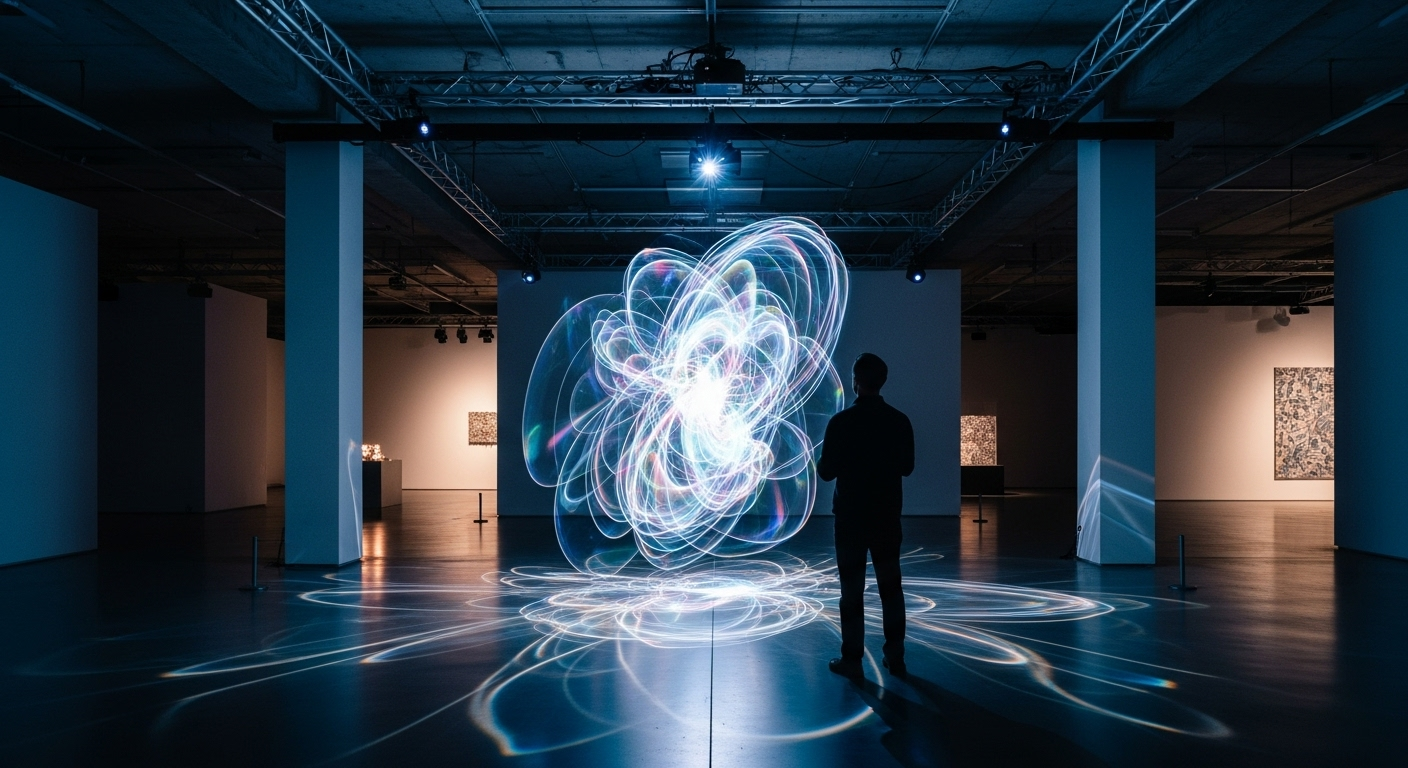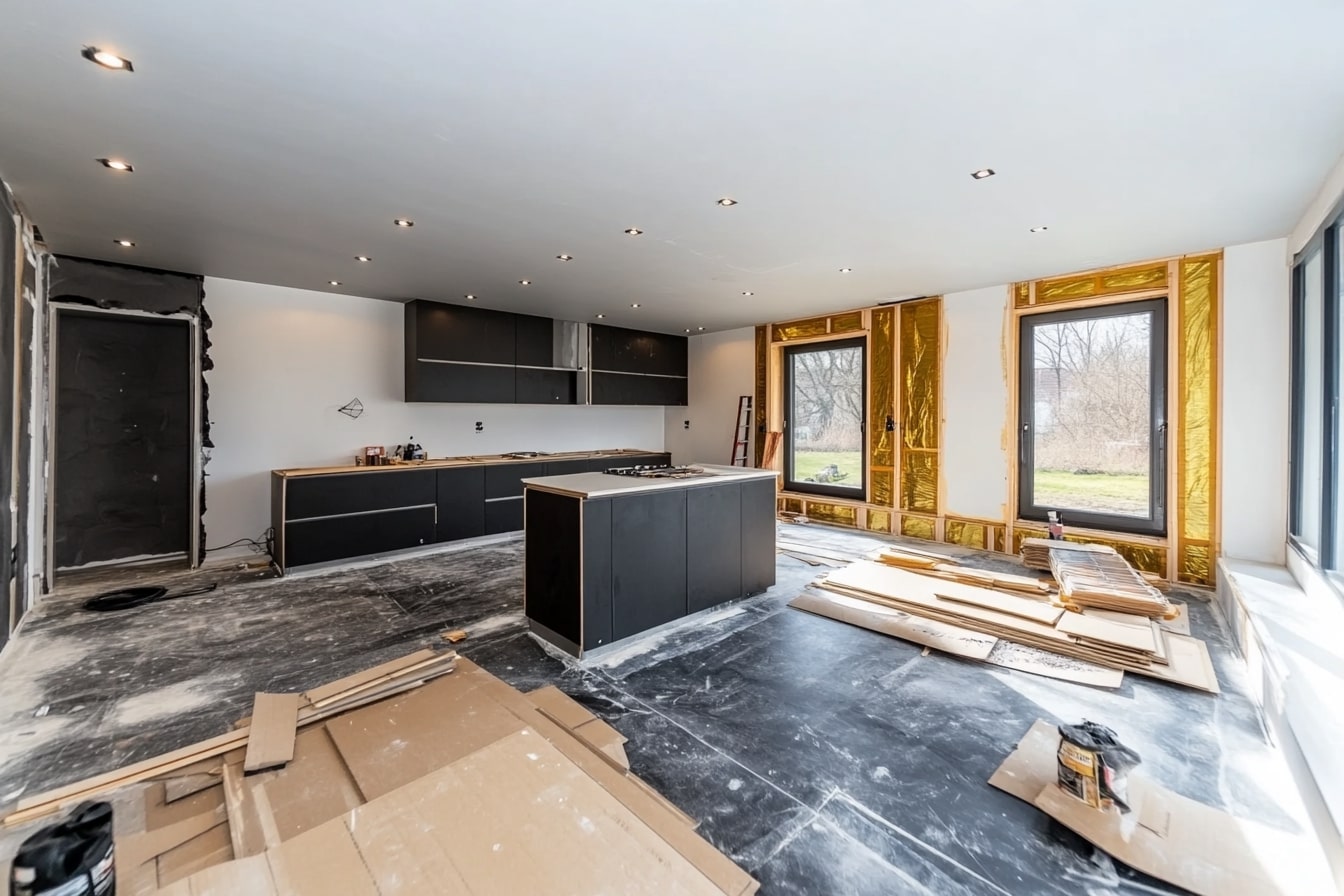Holographic Artistry: The Next Frontier in Visual Expression
In the ever-evolving landscape of artistic innovation, holographic artistry emerges as a captivating fusion of technology and creativity. This cutting-edge medium transcends traditional boundaries, offering viewers an immersive experience that blurs the line between reality and illusion. As artists and technologists collaborate to push the limits of visual perception, holographic art is poised to revolutionize galleries, public spaces, and even our homes. Join us as we explore the fascinating world of holographic artistry and its potential to reshape our understanding of visual expression.

Technological Advancements Driving Artistic Innovation
Recent years have seen a surge in holographic technology, propelled by advancements in laser systems, photonic materials, and computational power. Modern holographic displays can now produce high-resolution, full-color images with a level of depth and realism previously unattainable. Companies like Looking Glass Factory and Light Field Lab are developing consumer-grade holographic displays, while tech giants such as Microsoft and Magic Leap are integrating holographic elements into augmented reality devices.
The Artistic Palette of Holography
Holographic art offers a unique set of tools and challenges for artists. Unlike traditional 2D or even 3D mediums, holography allows for the creation of volumetric images that can be viewed from multiple angles. Artists can manipulate light, space, and time in ways previously impossible, creating works that shift and transform as the viewer moves around them. Some artists focus on creating hyper-realistic representations of objects or scenes, while others explore abstract concepts, using the medium’s ability to create ethereal, floating forms.
Cultural Impact and Exhibition Spaces
As holographic art gains traction, cultural institutions are adapting to showcase these groundbreaking works. Museums like the MIT Museum in Cambridge, Massachusetts, and the Center for the Holographic Arts in New York City have dedicated spaces for holographic exhibitions. These venues not only display artworks but also educate the public about the science and technology behind holography. The immersive nature of holographic art is also leading to new forms of public installations, with artists creating large-scale holographic projections in urban environments, transforming cityscapes into dynamic, interactive canvases.
Challenges and Future Prospects
Despite its potential, holographic art faces several challenges. The technology remains expensive and complex, limiting access for many artists. Additionally, the viewing conditions for holographic works can be demanding, requiring specific lighting and spatial configurations. However, as technology continues to advance and become more accessible, these barriers are likely to diminish. The future of holographic art is bright, with potential applications extending beyond visual art into fields such as architecture, design, and education. As the medium matures, we can expect to see increasingly sophisticated and thought-provoking works that challenge our perceptions and expand the boundaries of artistic expression.
The Intersection of Art and Science
Holographic artistry represents a fascinating convergence of art and science, requiring artists to possess not only creative vision but also a deep understanding of optics and physics. This interdisciplinary approach is fostering new collaborations between artists, scientists, and engineers, leading to innovations that benefit both fields. Universities and research institutions are establishing programs that combine art and technology, training a new generation of artists equipped to work with cutting-edge holographic tools.
Ethical and Philosophical Implications
As holographic technology becomes more prevalent, it raises intriguing ethical and philosophical questions. The ability to create highly realistic, three-dimensional representations of people and objects blurs the line between reality and illusion, challenging our notions of authenticity and presence. Artists working in this medium often grapple with these themes, creating works that explore the nature of perception, memory, and identity in a world where virtual and physical realities increasingly overlap.




